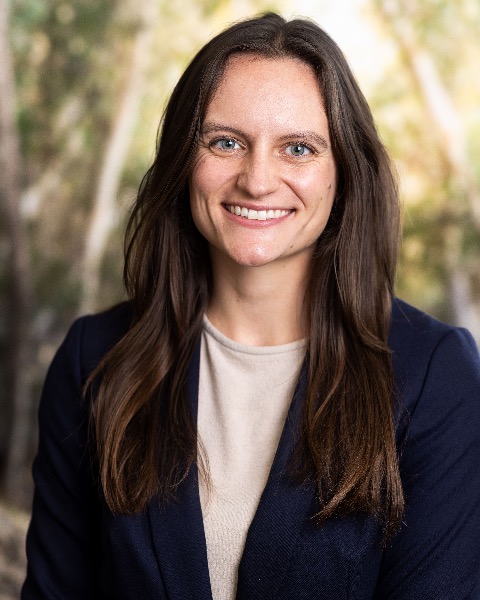Neonatal Fetal Nutrition & Metabolism 3
Session: Neonatal Fetal Nutrition & Metabolism 3
633 - Optimizing pooling strategies in donor human milk: evaluating the impact of individual donor variability on pooled donor human milk macronutrients
Monday, April 28, 2025
7:00am - 9:15am HST
Publication Number: 633.5827
Sydney McCune, University of California, San Diego School of Medicine, San Diego, CA, United States; Lisa M. Stellwagen, University of California, San Diego School of Medicine, La Jolla, CA, United States; Alison Wolf, University of California, San Diego School of Medicine, San Diego, CA, United States; Kim Updegrove, Mothers' Milk Bank at Austin, Austin, TX, United States; Lars Bode, University of California, San Diego, La Jolla, CA, United States

Sydney McCune, PhD, RDN (she/her/hers)
Postdoctoral Fellow
University of California, San Diego School of Medicine
San Diego, California, United States
Presenting Author(s)
Background: Donor human milk (DHM) is essential for preterm and medically fragile infants when their parent’s milk is unavailable or insufficient. Individual DHM varies widely due to factors like genetics, lactation stage, and diet, therefore, DHM from multiple donors is pooled at milk banks to maintain consistent nutrient content. Understanding how individual donors impact the final pooled pasteurized DHM (PDHM) composition is key to optimizing pooling strategies, enhancing nutrient consistency, and improving nutritional quality of PDHM.
Objective: To assess how individual DHM characteristics affect PDHM composition and explore strategies to optimize PDHM pooling practices.
Design/Methods: PDHM from 200 unique batches, along with the raw individual DHM donations that were combined to create each pool, were collected from two nonprofit milk banks. Milk samples were analyzed via laboratory methods for macronutrients. Donor lactation stage was defined as: early (birth to 100 days); first year (101 days-12 months); second year (12- 24 months).
Results: Protein content was higher in individual early DHM at 1.0 g/dL compared to first year (0.8 g/dL) and second year (0.9 g/dL). Fat content was highest in individual second year DHM (4.5 g/dL), followed by early (3.5 g/dL). First year individual DHM contained the least amount of fat (3.4 g/dL). PDHM that included a second-year donor contained 0.2 g/dL higher fat than pools containing only early and first year donors.
Conclusion(s): This study highlights differences in individual DHM macronutrient concentration across lactation stages that may impact the final PDHM composition. Protein content was highest in early lactation, while fat content peaked in second year donors, suggesting donor lactation stage is a critical factor influencing the nutritional profile of PDHM, which could inform milk bank pooling strategies to optimize nutrient consistency. Future analyses will include human milk oligosaccharides, micronutrients, hormones, and immune and growth factors. We will also explore the impact of individual DHM composition and factors, including lactation stage and deposit volume, on the final PDHM nutrient concentration, supporting efforts to refine pooling practices for improved nutritional quality.

